Heading south on the East Coast for the first time? If it’s your ICW first time, welcome to an unforgettable adventure. This quick-start advice will help you feel more confident and less overwhelmed as you begin your journey down the Intracoastal Waterway.
Every fall, the ICW comes alive with migrating cruisers heading to warmer waters. Whether you’re planning short hops or long legs, having the right mindset and tools can make all the difference.
One resource that makes it dramatically easier to cruise the ICW is our Atlantic ICW Quick Reference Cruising Guide. It gives you fast access to the most important information, including:
- Bridge openings
- Protected anchorages
- Marinas and mooring fields
- Fuel, water, and pump-out locations
- VHF channels and navigation alerts
- Dog-walking access
- Haulout facilities
…and more, all organized to help you make decisions on the fly.
If it’s your ICW first time, it’s natural to feel a little anxious. You’ve probably read a few scary stories about grounding, missing bridge openings, or getting stuck in shoals. Even if this isn’t your first time, the beginning of any new route can feel like a leap of faith. Here are a few reminders that might help:
- When you’re feeling overwhelmed, slow down. Don’t rush just because others are moving faster.
- You will be able to get food. People everywhere eat, and you’ll find grocery stores, restaurants, and supplies along the way.
- Pack more spares and tools than clothes. Seriously. And bring a few good how-to books (or our online courses).
- Expect things to go wrong—but keep your sense of humor. The ICW has its quirks, but with a positive mindset, even mishaps can become great stories.
Planning your ICW first time trip doesn’t have to be stressful. Prepare well, trust your instincts, and know that thousands of cruisers have gone before you—and you can, too.

Quickly find anchorages, services, bridges, and more with our topic-focused, easy-to-use waterproof guides. Covering the ICW, Bahamas, Florida, and Chesapeake.
Explore All Guides

Carolyn Shearlock has lived aboard full-time for 17 years, splitting her time between a Tayana 37 monohull and a Gemini 105 catamaran. She’s cruised over 14,000 miles, from Pacific Mexico and Central America to Florida and the Bahamas, gaining firsthand experience with the joys and challenges of life on the water.
Through The Boat Galley, Carolyn has helped thousands of people explore, prepare for, and enjoy life afloat. She shares her expertise as an instructor at Cruisers University, in leading boating publications, and through her bestselling book, The Boat Galley Cookbook. She is passionate about helping others embark on their liveaboard journey—making life on the water simpler, safer, and more enjoyable.





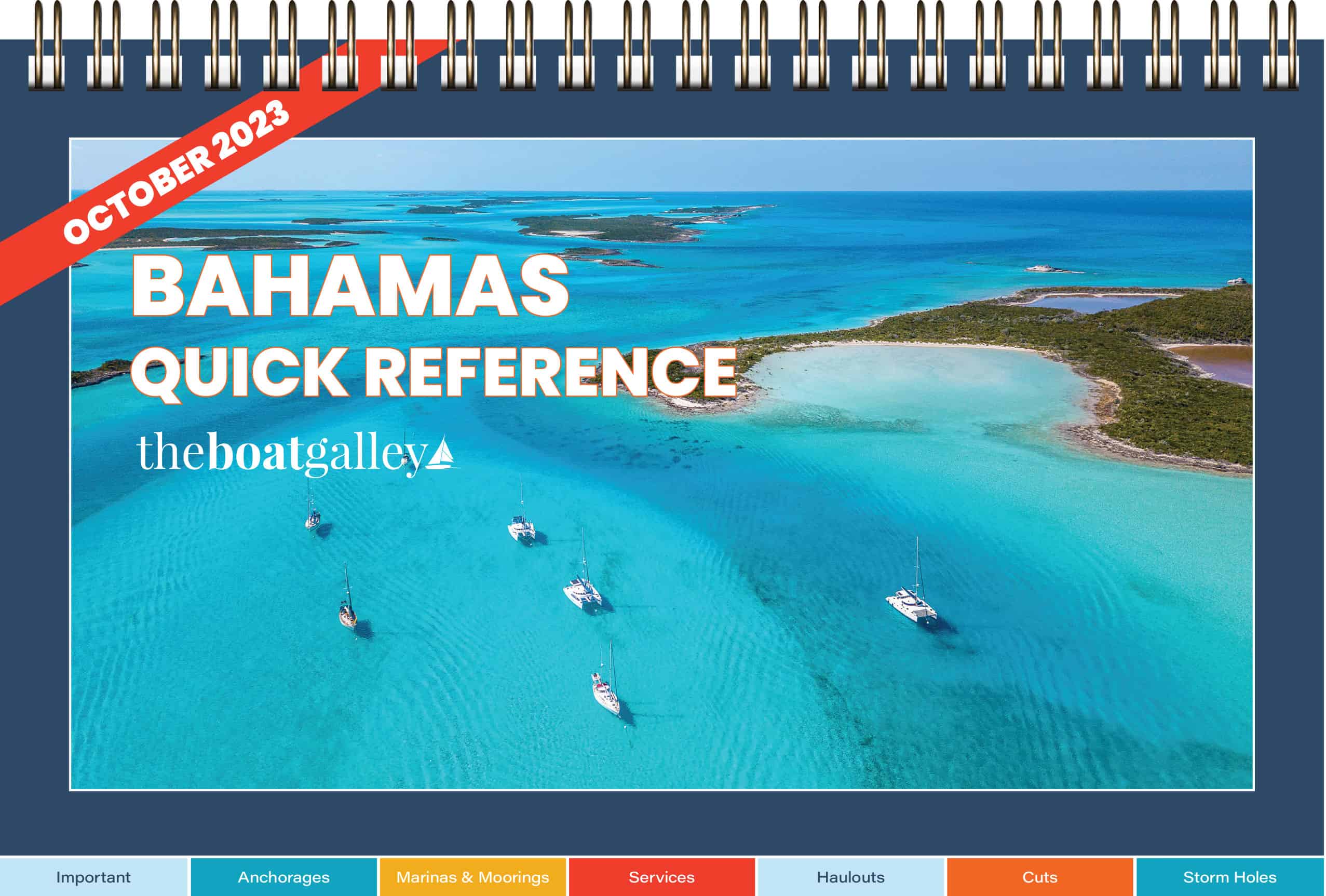
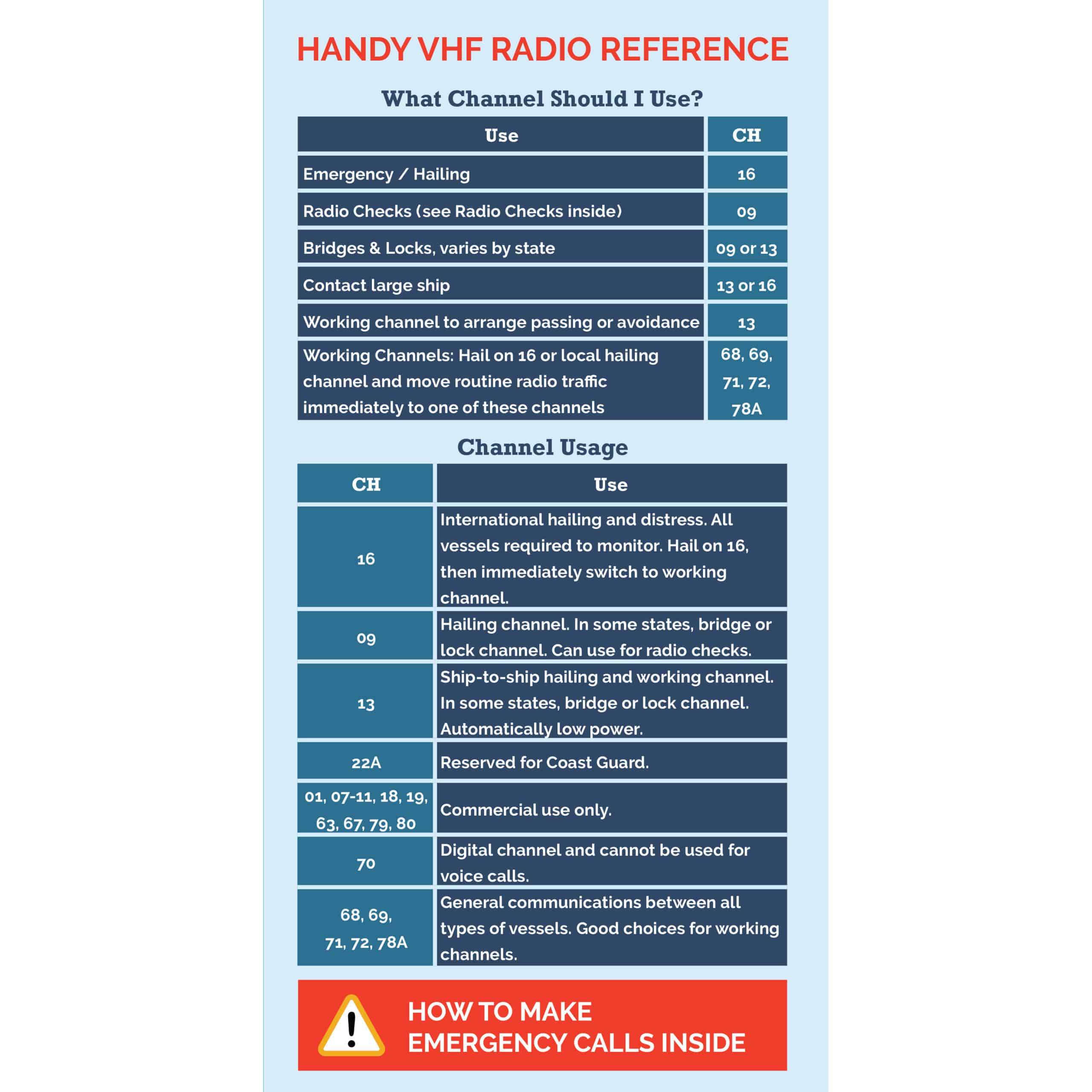
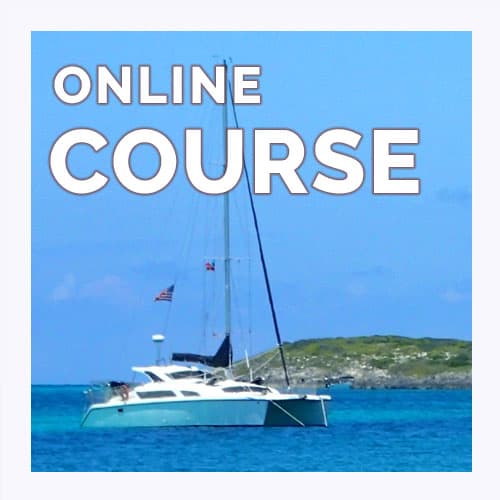

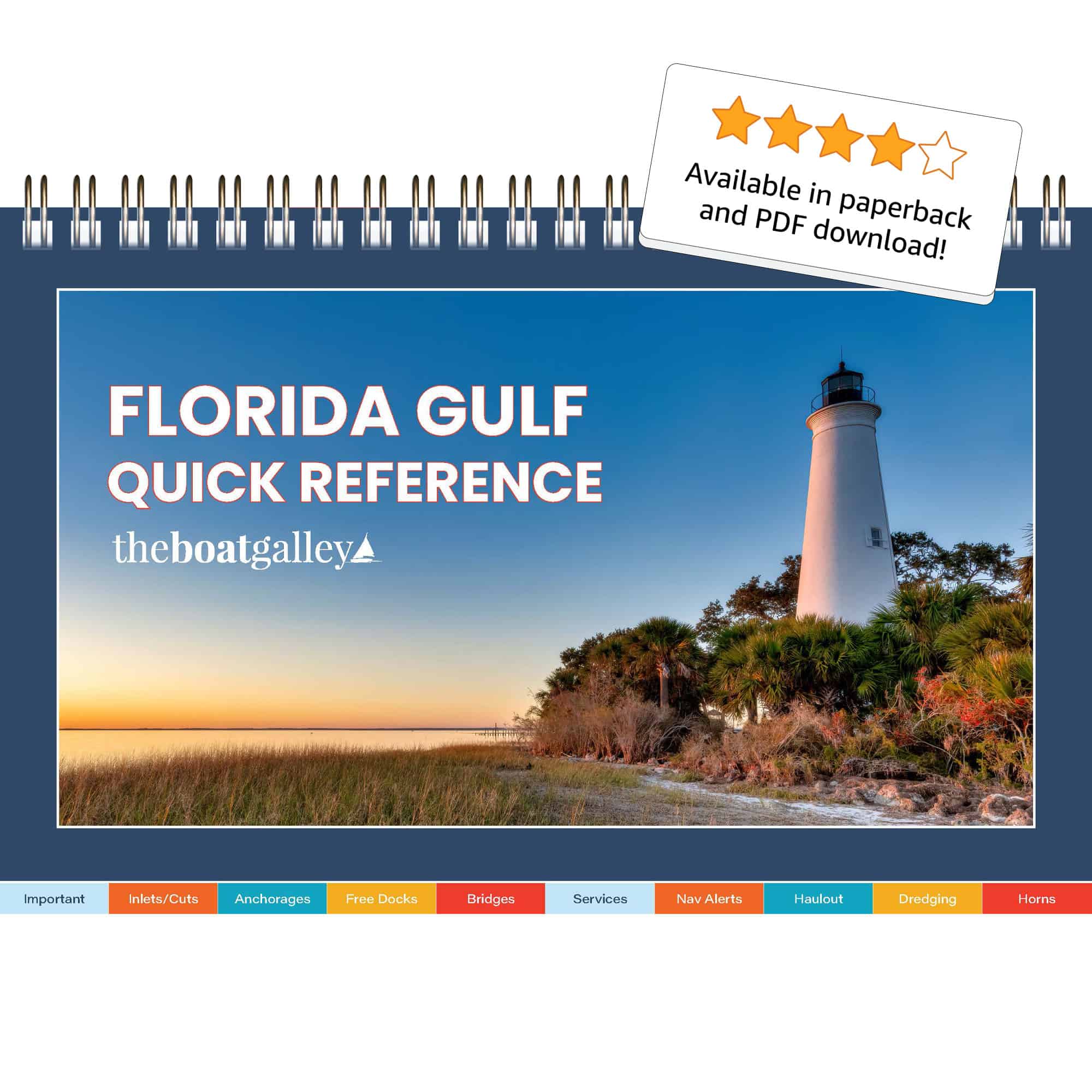
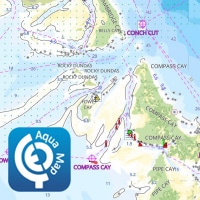
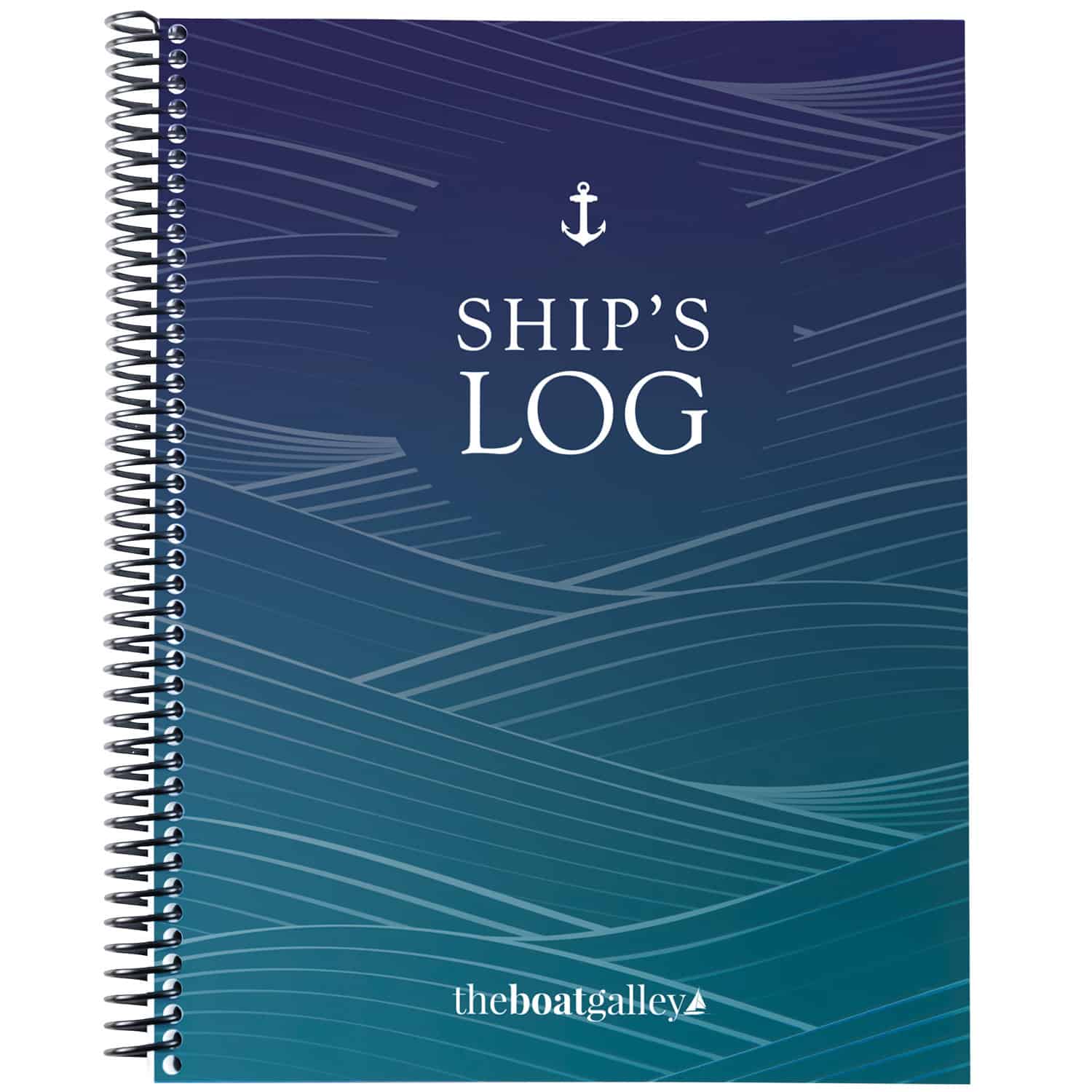
Maria Langer says
I’m retracing my route back down the ICW this autumn on what I’m calling the boomerang leg of my great loop trip. I had to come home for the summer so I was unable to do the northern part of a loop this year, but I’ll do it next year. In the meantime, I’ll be heading south starting in October. If anyone else is heading south this year, look for Do ItNow on Nebo. I’d love to meet up with other cruisers along the way.
Maria Langer, MV Do It Now says
Having done the Atlantic ICW from Stewart, Florida to Annapolis, Maryland, I can offer at least one additional piece of advice: track down the Bob 342 tracks and load them onto your chart plotters. Bob goes up and down the ICW every year and creates a new track. it might be disconcerting to see where he leaves what seems to be the channel, but his tracks are in proven deep water as of his track date and they may prevent you from grounding.
I got my Bob tracks after grounding briefly in sand on what was charted as 12 feet of water. My draft is just 2 1/2 feet. A sailboat grounded nearby needed a tow to get out. The current pushed me off because I had already slowed down after a shallow water alert from my chart plotter. I loaded the Bob tracks onto my chart plotter and started using my autopilot to just follow them on my way north. Of course, I sat there and supervised, manually dodging the occasional crab pot, debris, or boat likely doing the same thing as me. I highly recommend at least consulting this valuable resource. Be sure to get the latest tracks!
There is a ton of shoaling in certain areas of the ICW, so be careful!